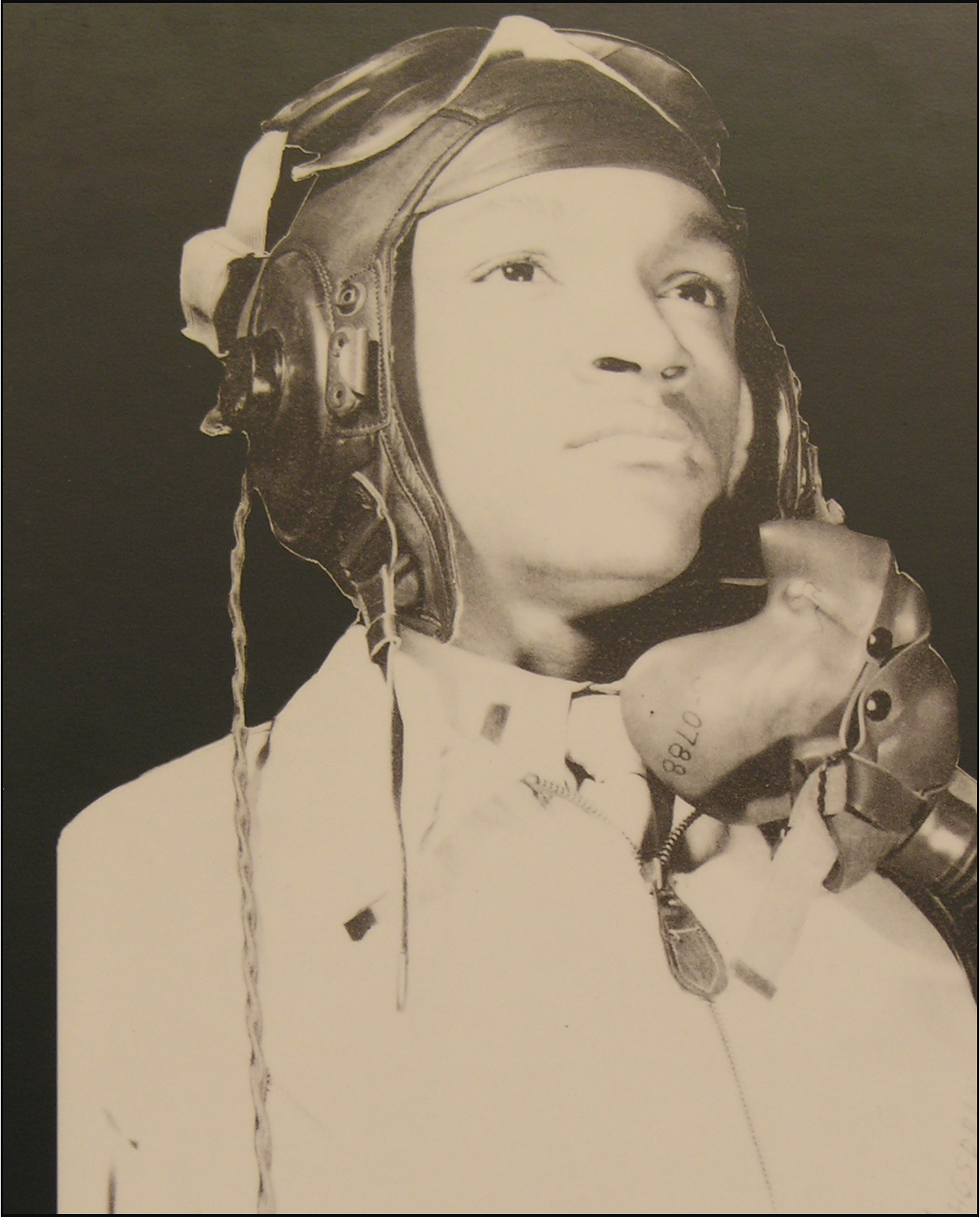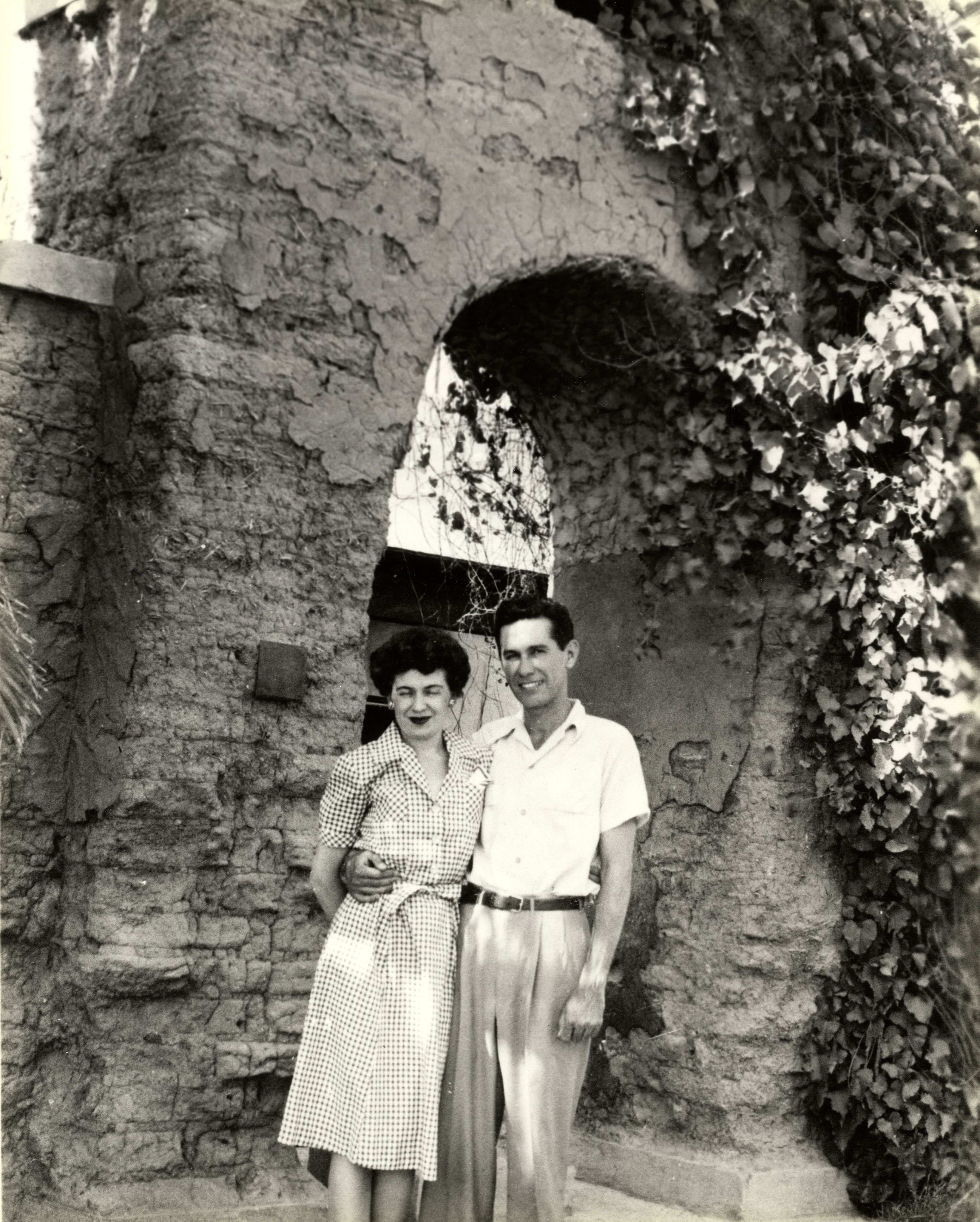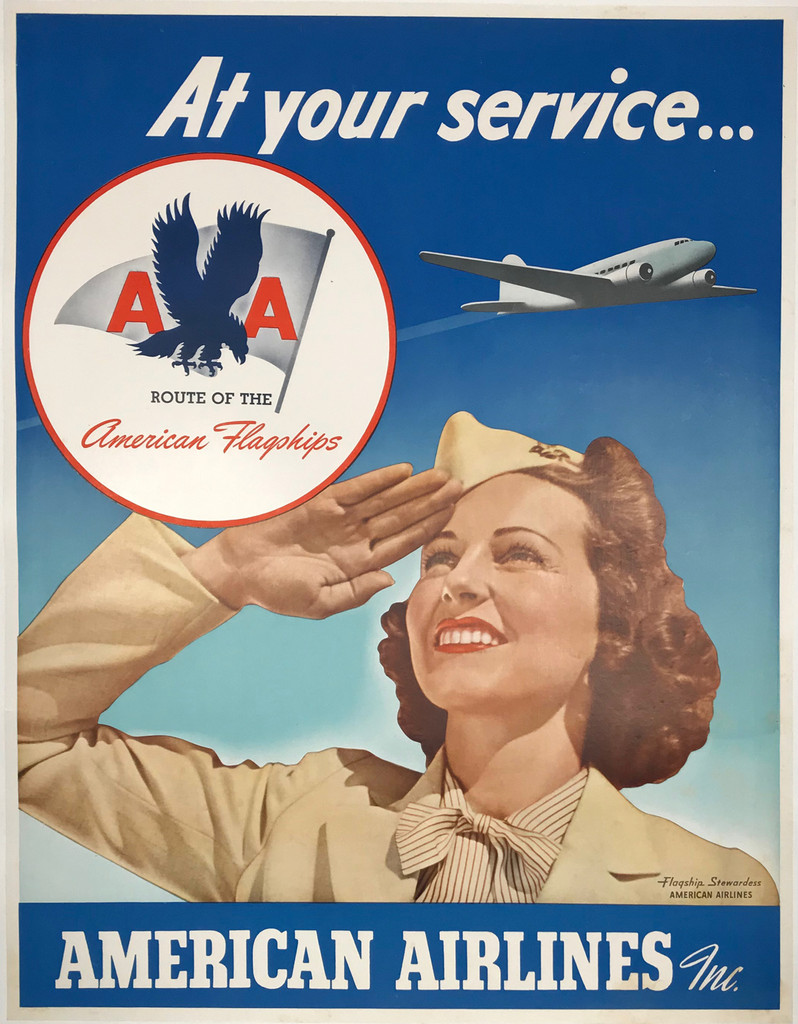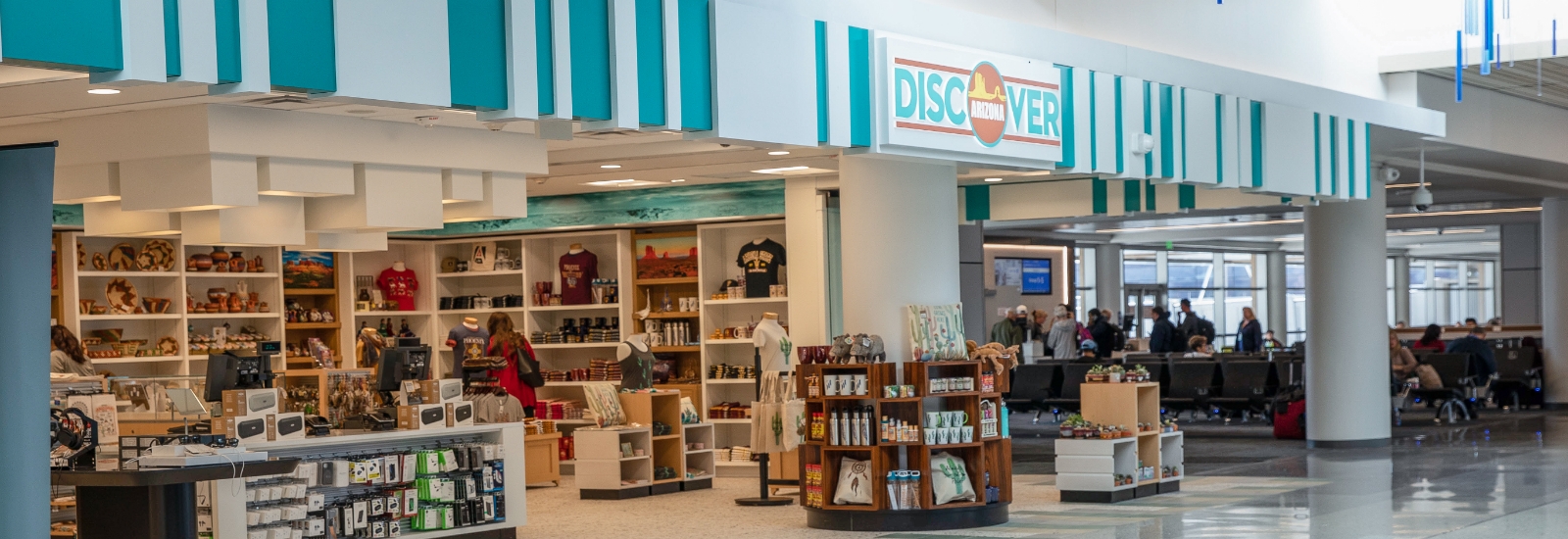Aviation History Exhibitions
Aviation History Exhibitions

Arizona’s Notable Aviators
Location
- Terminal 4, Level 3, near the east end
In honor of Black History Month, Phoenix Airport Museum puts the spotlight on Arizona’s accomplished Black aviators. In the face of racial prejudice, discrimination and exclusion, these history makers have made significant contributions to the field of aviation.
Some of these pilots had distinguished military careers while others made history in the field of commercial aviation. Vernon Haywood flew as a Tuskegee airman in World War II and as a member of the 99th Pursuit Squadron, the first all-Black military flying unit. During a 16-month period, Haywood flew 70 combat missions and 356 combat tours. Lloyd “Fig” Newton was the first African American to fly in United States Air Force Thunderbirds and went on to achieve the rank of four-star general.
Janet Harmon Bragg was a registered nurse and the first Black woman to receive a commercial pilot's license in the US in 1942. Robert “Bob” Ashby helped create the training program for the Boeing 747 aircraft and was the first black pilot to work for a commercial airline.
The museum exhibition Arizona’s Notable Aviators is on display at Terminal 4, level 3 near the east end. On display are images, objects and information relating to eight renowned pilots who called Arizona home. Learn about their fascinating aviation careers as well as their service to community as civil rights activists, serving as Phoenix Aviation Advisory Board members and a judge.
Image caption: Lincoln J. Ragsdale wearing his leather flight helmet, mid-1940s
Historic Fly-In Weddings at Sky Harbor

1940s, an unidentified couple embraces in front of the chapel. The chapel’s exterior stucco has eroded to reveal the handmade adobe bricks beneath. Image courtesy of Phoenix Airport Museum Aviation History Collection.
Location
- Terminal 3, Level 1, south side near the center
Overview
Decades before couples began flying to exotic locations to get married on a beach or in a castle; they were flying into Phoenix Sky Harbor Airport to tie the knot at an open-air chapel located just off the runway at Sky Harbor's first Terminal.
The chapel was meant to entice Hollywood celebrities to Phoenix for speedy discreet weddings since Arizona law didn't require couples to wait three days to get a marriage license, unlike in California.
The Phoenix Junior Chamber of Commerce built the chapel in 1937 on a construction budget of just $15, using additional adobe bricks from a project at the Arizona State Fair. Its Spanish-style design featured an archway and a bell tower topped with a wooden cross. Although some celebrities did take the opportunity to fly in and get married, local residents tied the knot in the chapel more frequently.
In fact, officials performed 42 wedding ceremonies at Sky Harbor before the chapel closed in the 1940s. Today, the airport prohibits weddings due to operational concerns, making Sky Harbor fly-in weddings a part of the airport’s colorful history. For images and additional information, call (602) 273-2744
American Flagship Service: The World's Most Successful Aircraft
Location
- Terminal 4, Level 3, center near the food court
Overview
The Douglas DC-3 was the first airplane to make commercial air travel profitable. Airlines could now make money hauling just passengers and their luggage, without relying on government subsidies for transporting U.S. Mail. The plane that changed the world, the DC-3 revolutionized the U.S. airline industry. The aircraft could carry 21 passengers and 3 crew members. It had an impeccable safety and dependability record along with improved aerodynamics and flying characteristics.
American Airlines initiated their new DC-3 passenger airliners in 1936. With an air of exclusivity, they named their fleet Flagships - a Naval term that refers to the lead ship in a fleet of vessels, typically the first, largest and fastest. American’s Flagships were able to cross the continental US from New York to Los Angeles in 18 hours with only three fuel stops. Previously a cross-country flight was a grueling ordeal typically requiring 25 hours, more than one airline, at least two changes of planes and as many as 15 stops. Transcontinental flights were outfitted with sleeper berths, comfortable seating and luxuries such as drawing rooms, lavatories and fine dining served with china and silverware.
The earliest American Airlines’ Flagships were named after U.S. states or cities that they served. Each plane flew a large pennant outside the cockpit window while parked. The flag’s red, white and blue design includes four stars, similar to the U.S. Navy Admiral’s flag.


